Filter by Type
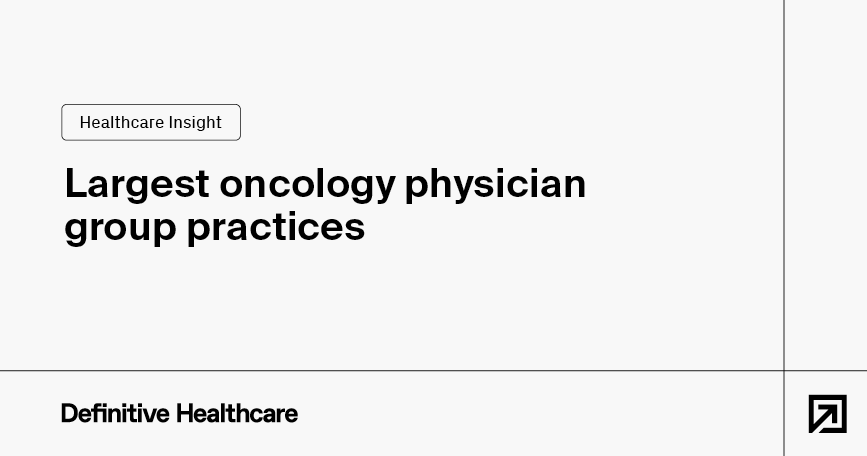
Largest oncology physician group practices
Explore the largest oncology physician group practices in the U.S. ranked by size, locations, and network reach across cancer care services.
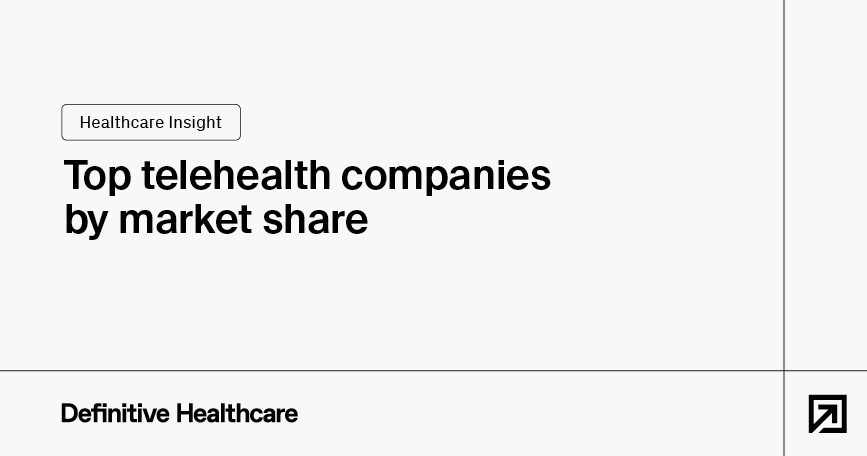
Top telehealth companies by market share
Discover the top telehealth companies ranked by U.S. market share and understand who leads virtual care platforms and services.
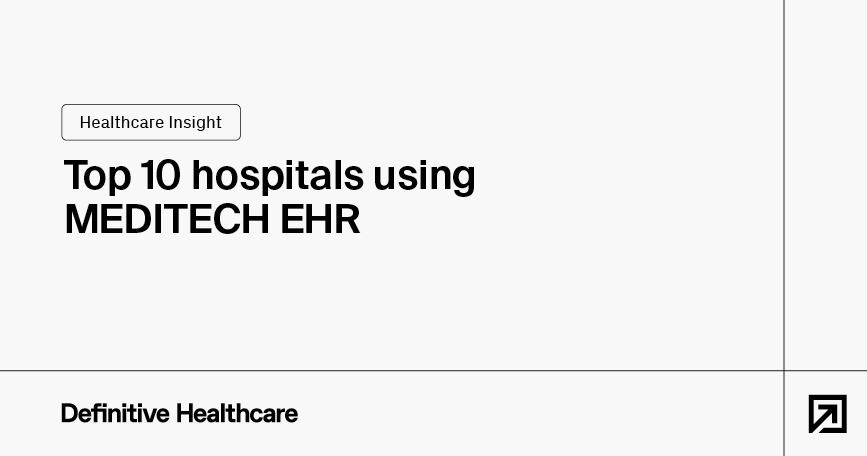
Top 10 hospitals using MEDITECH EHR
Explore our comprehensive list of the top 10 hospitals using MEDITECH EHR. Learn how these institutions improve patient outcomes and operational efficiency.
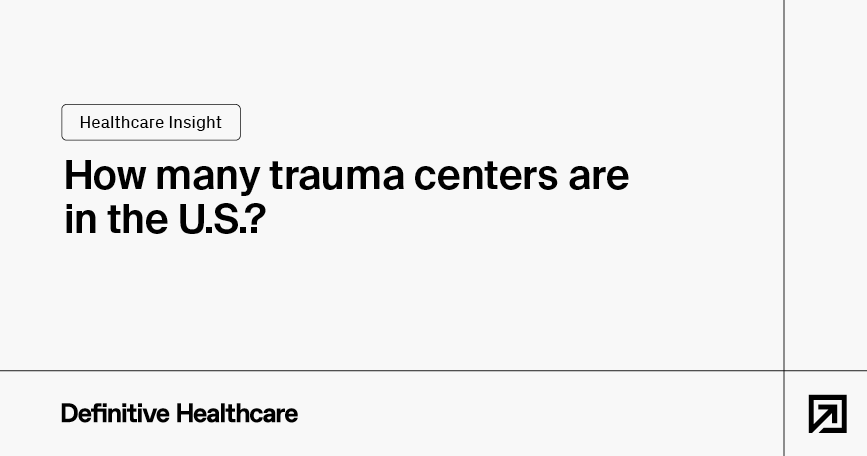
How many trauma centers are in the U.S.?
Explore how many trauma centers are in the U.S, including the number of trauma centers by level for your healthcare commercialization strategy.
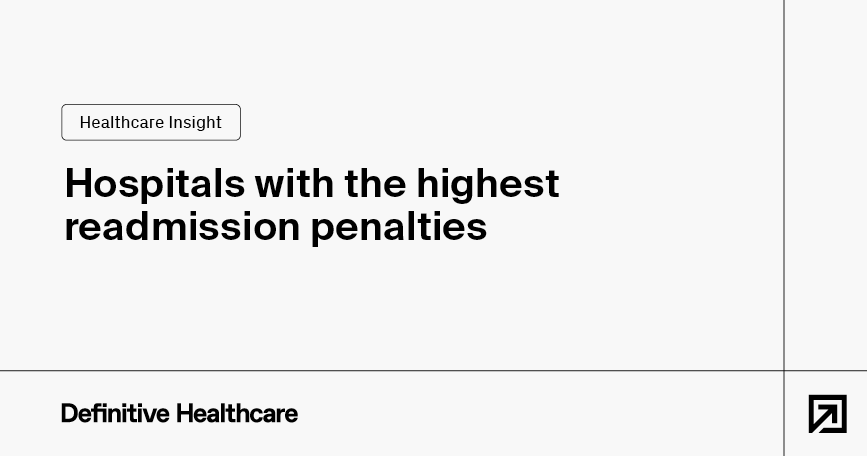
Hospitals with the highest readmission penalties
Discover U.S. hospitals receiving the largest readmission penalties under the Hospital Readmissions Reduction Program and what drives them.
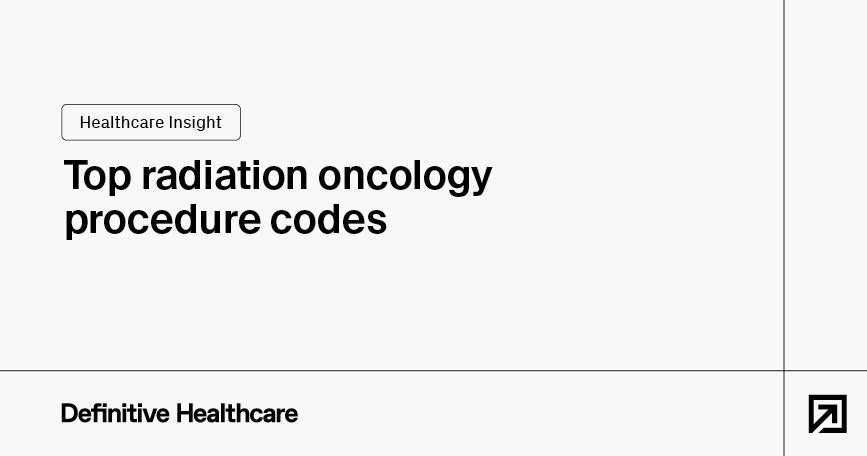
Top radiation oncology procedure codes
Explore the most common radiation oncology CPT codes for 2025, including IMRT, treatment planning, and delivery billing codes for oncology practices.
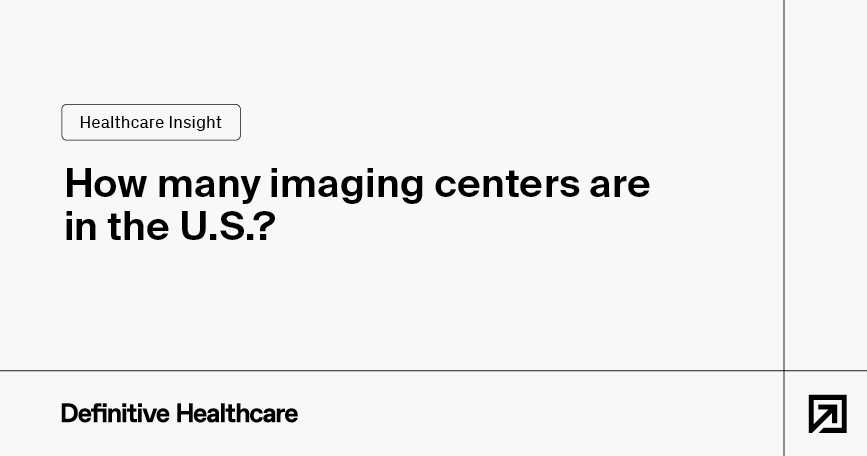
How many imaging centers are in the U.S.?
Find out the total number of imaging centers in the U.S., state‑by‑state breakdown, and what this means for healthcare strategy.
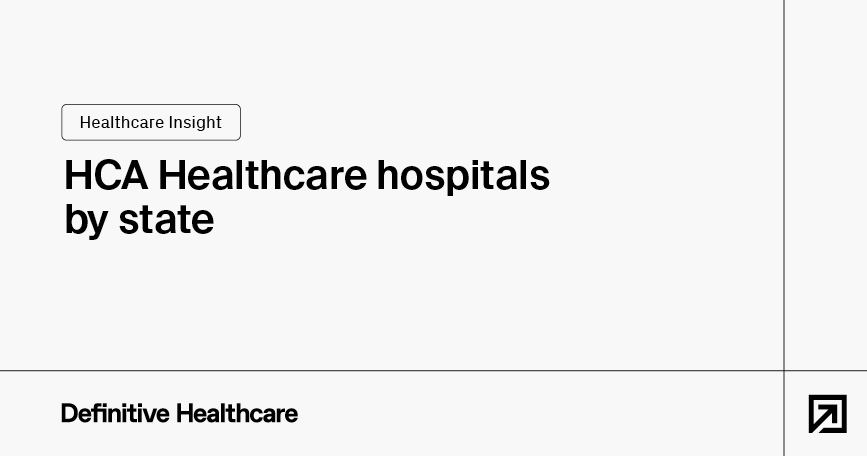
HCA Healthcare hospitals by state
Explore how many hospitals HCA Healthcare operates in each state, detailing their footprint across the U.S. and what it means for providers and vendors.